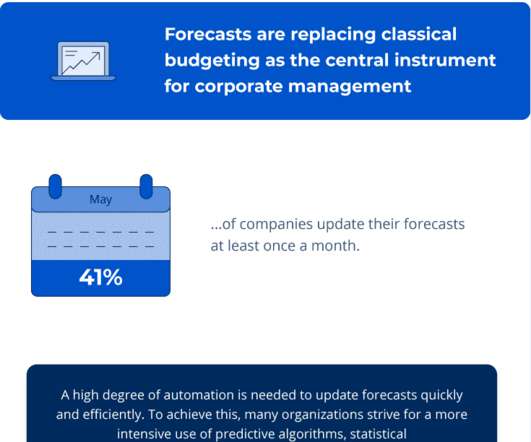Humans-in-the-loop forecasting: integrating data science and business planning
The Unofficial Google Data Science Blog
DECEMBER 4, 2019
This classification is based on the purpose, horizon, update frequency and uncertainty of the forecast. Nor can we learn prediction intervals across a large set of parallel time series, since we are trying to generate intervals for a single global time series. These characteristics of the problem drive the forecasting approaches.














Let's personalize your content